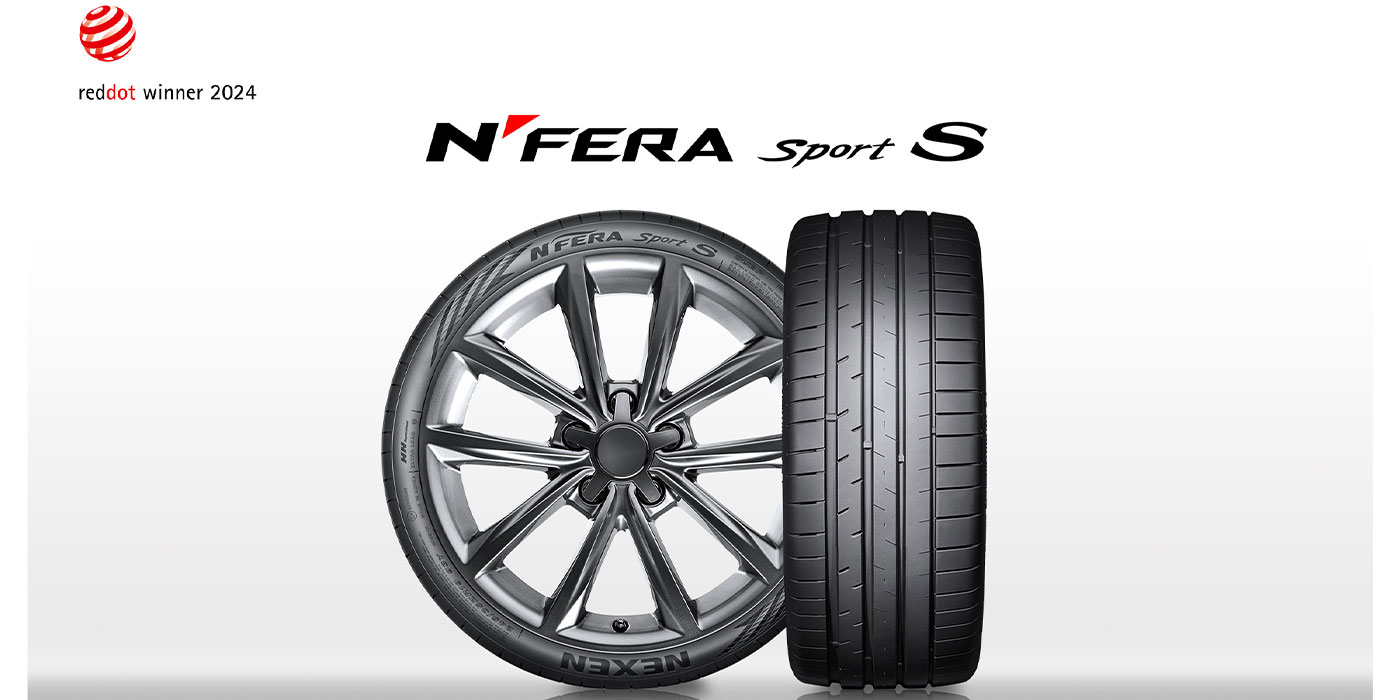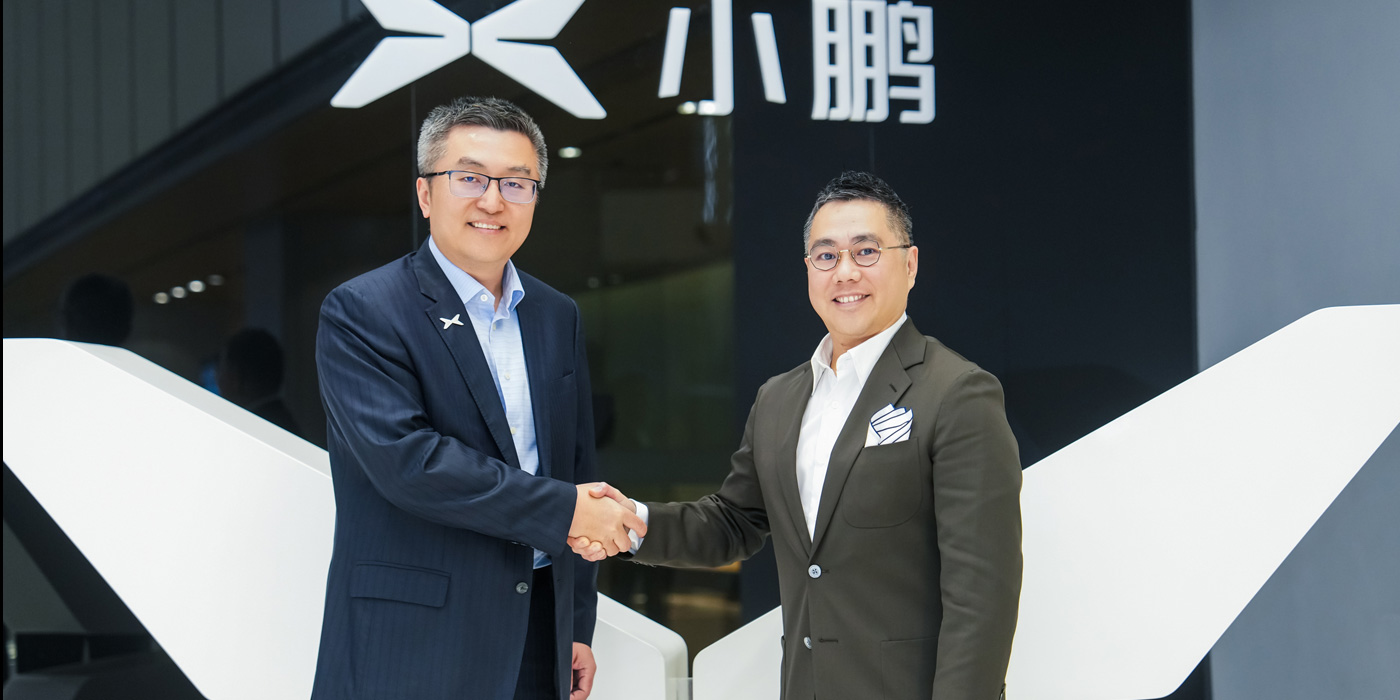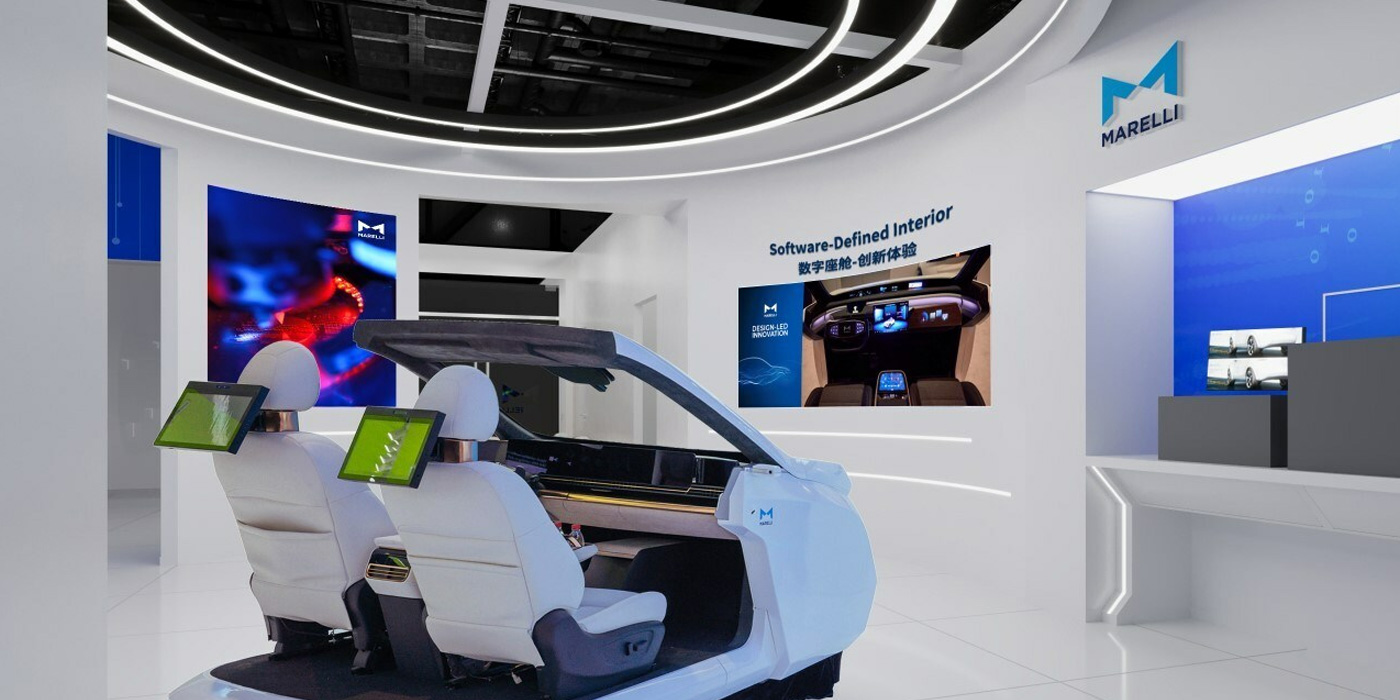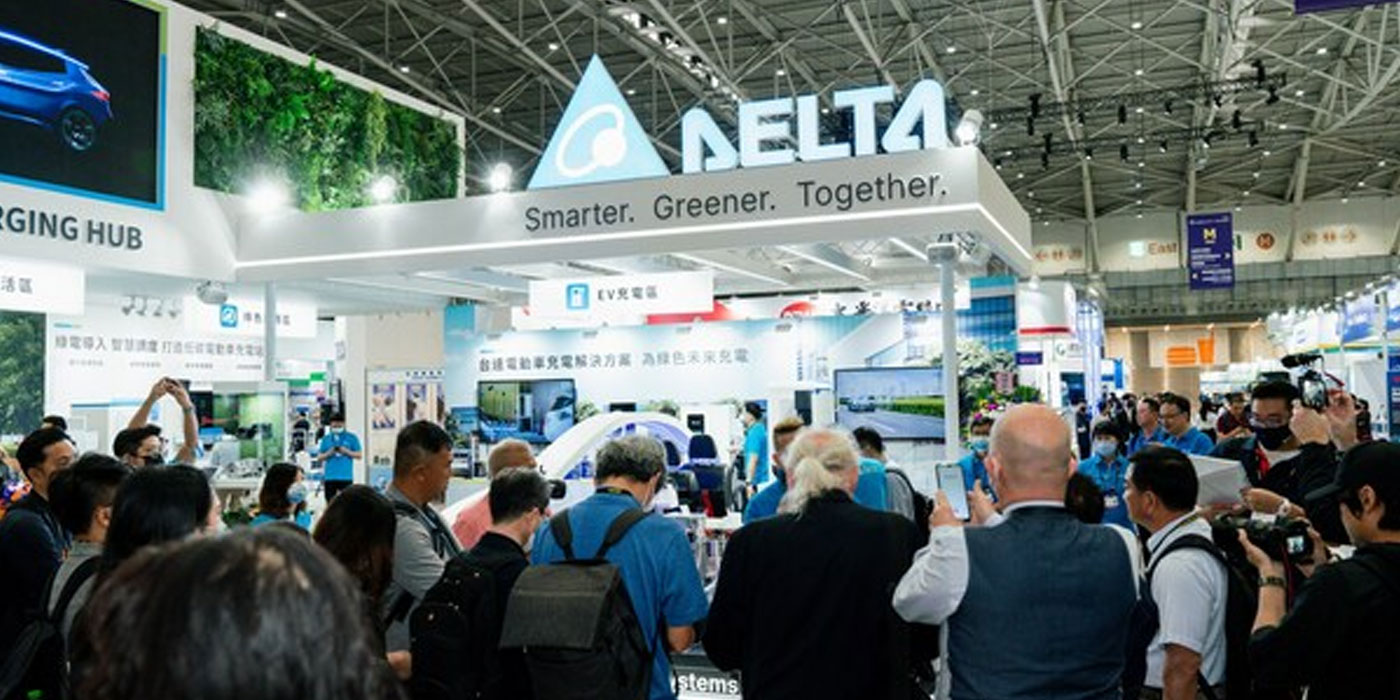NEW YORK — Despite a slowdown in the first half of 2012, China’s automotive industry overall is set for another period of steady growth, but not for all participants, according to a study announced by AlixPartners, a global business-advisory firm. A number of factors, including continued production over-capacity, attendant lower vehicle prices and the cost of increasing numbers of dealers, will cause the divide to increase significantly between those who continue to perform well and those who face difficulties.
The study, the 2012 AlixPartners China Automotive Outlook, conducted for the fifth consecutive year by the firm, analyzed data gathered from an in-depth survey of 43 senior executives from both foreign and domestic players in China’s automaker and auto-supply sectors as well as data from extensive research of the Chinese industry today.
According to the survey, executives in the industry expect per-annum vehicle-sales growth rates of from 8-12 percent for next four years — which, compared to most global auto markets, is still very healthy. However, the study found, average OEM production capacity utilization in China has dropped to 67.3 percent today, from 85 percent in 2010. Meanwhile, a marked bifurcation has developed between most local OEMs and leading international joint-venture OEMs, with more than half of local OEMs (16 of 30) failing to achieve at least a 75 percent to 80 percent capacity utilization level, which AlixPartners considers to be the "breakeven zone," while only one of the 19 international OEMs in China is below that level.
The result, says the study, will be continued price-discounting in the industry, especially by those with the highest over-capacity levels, coming on the back of discounts of 5 percent to as much as 15 percent over the last 12 months.
"Despite the economic slowdown earlier this year, the underlying fundamentals for China’s auto industry are still intact and steady growth can be still expected; however, as the industry enters its next phase, there will be a much clearer divide between companies that thrive and those that do not," said Ivo Naumann, managing director of AlixPartners and head of the firm’s Shanghai office. "One of the biggest issues the industry currently faces, now that it is confronted with more moderate growth rates following two or three boom years, is over-capacity. And this is an issue that affects international OEMs just as it affects local companies, as the resultant price-discounting can wind up affecting the entire industry’s pricing structure."
OEMs of all kinds, says the study, are implementing a series of measures to adjust to today’s new environment. These include programs to reduce costs internally and to push suppliers for further cost reductions, as well as an ever-increasing customization of products specifically for the Chinese market, the launch of Chinese brands by international OEMs and increased investment in R&D centers in China. Reflecting that, in the executive survey, the top three challenges cited vis-a-vis achieving profitability targets in China were increasing overhead costs, increasing production costs and intensifying price competition.
"Despite the challenges in this market, it’s a testament to the importance of this market that many of the top global brands in China have already established R &D centers here and are increasingly offering tailored products for the China market," said Naumann.
German brands, notes the study, are generally performing well, as many feature a high percentage of luxury models — a segment that is enjoying far above-average growth rates in China. The top three foreign brands in the market, Shanghai Volkswagen, FVW and Shanghai General Motors, are increasing their market share whereas Japanese and most local Chinese brands are losing market share. In fact, domestic-OEM market share in China in the first seven months of 2012 was only 28.3 percent.
"Another factor benefiting OEMs that produce higher-end vehicles is the fact that today there are more savvy second-time buyers who know what to look for in a car. That’s a big change from the first-time buyers of five or six years ago," said Jennifer Li, vice president at AlixPartners.
One trend that should favor international brands, says the study, is increasing demand for used cars. Currently, just 0.26 used cars are sold to every one new car in China, compared to 2.3 in Germany and 3.5 in the U.S. However, used-vehicle demand in China is expected to grow nearly 20% per year over the coming three years, says the study. This offers an opportunity for brands perceived as delivering high quality, according to AlixPartners, since consumers of new cars will look to buy models that maintain a good re-sale value. The firm believes this trend will also benefit savvy dealers, as dealers generally make more profit from used cars than new cars.
Dealer networks are also increasingly a core differentiator among OEMs and need to be a top priority for most players in the market, says the study. But that doesn’t necessarily mean striving to have the most dealers. In 2011, dealer count in China increased by 21 percent, to 16,300, and domestic-OEM dealer count has increased by 36 percent over the past two-year period. However, finds the study, only one of the six major local brands saw its dealerships average more than 600 units in vehicle sales in 2011. That’s in contrast to the dealers of most joint-venture international brands, and certainly to top dealership networks, which are averaging more than 1,400 units a year.
"Low productivity means that dealers have to put less investment into marketing and showrooms, which can be a vicious circle leading to lost sales, dealer closures and bad reputations for car brands," said Naumann.
Probably the biggest future growth trend for the industry will be the aftermarket, says the study. Booming new-vehicle sales in 2009 and 2010 should result in a high demand for new repair parts over the next few years, it says.













